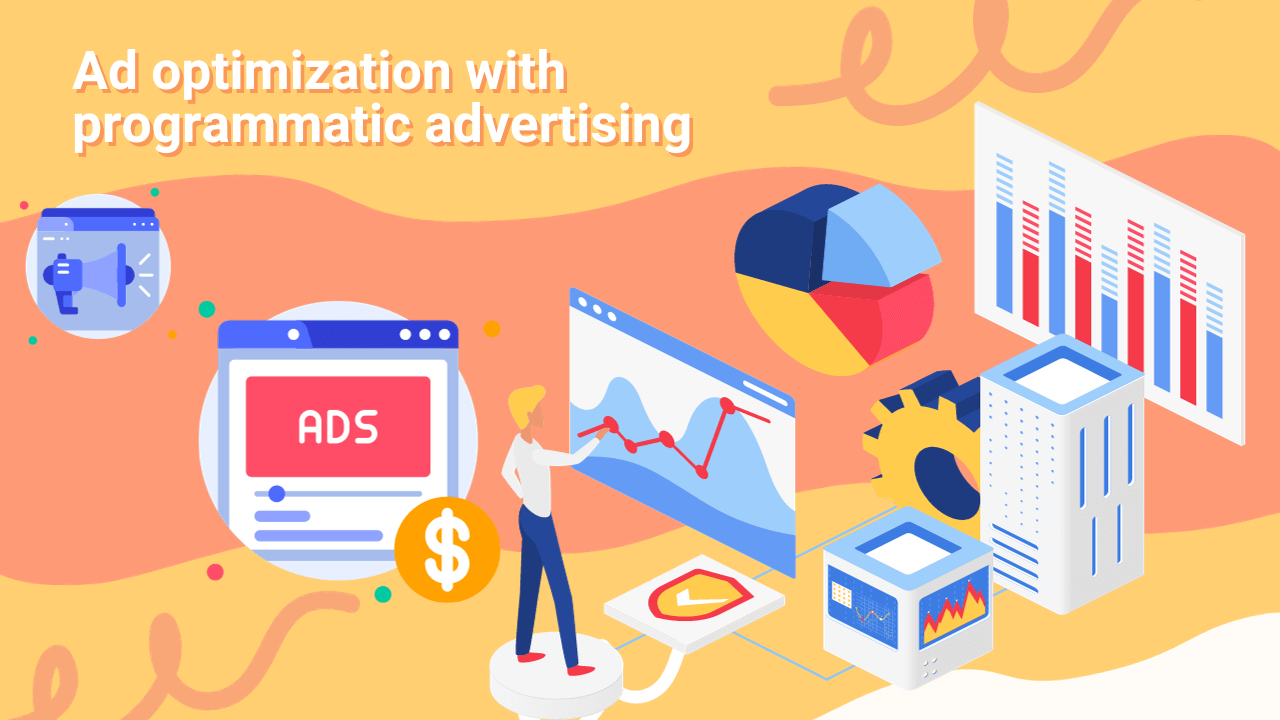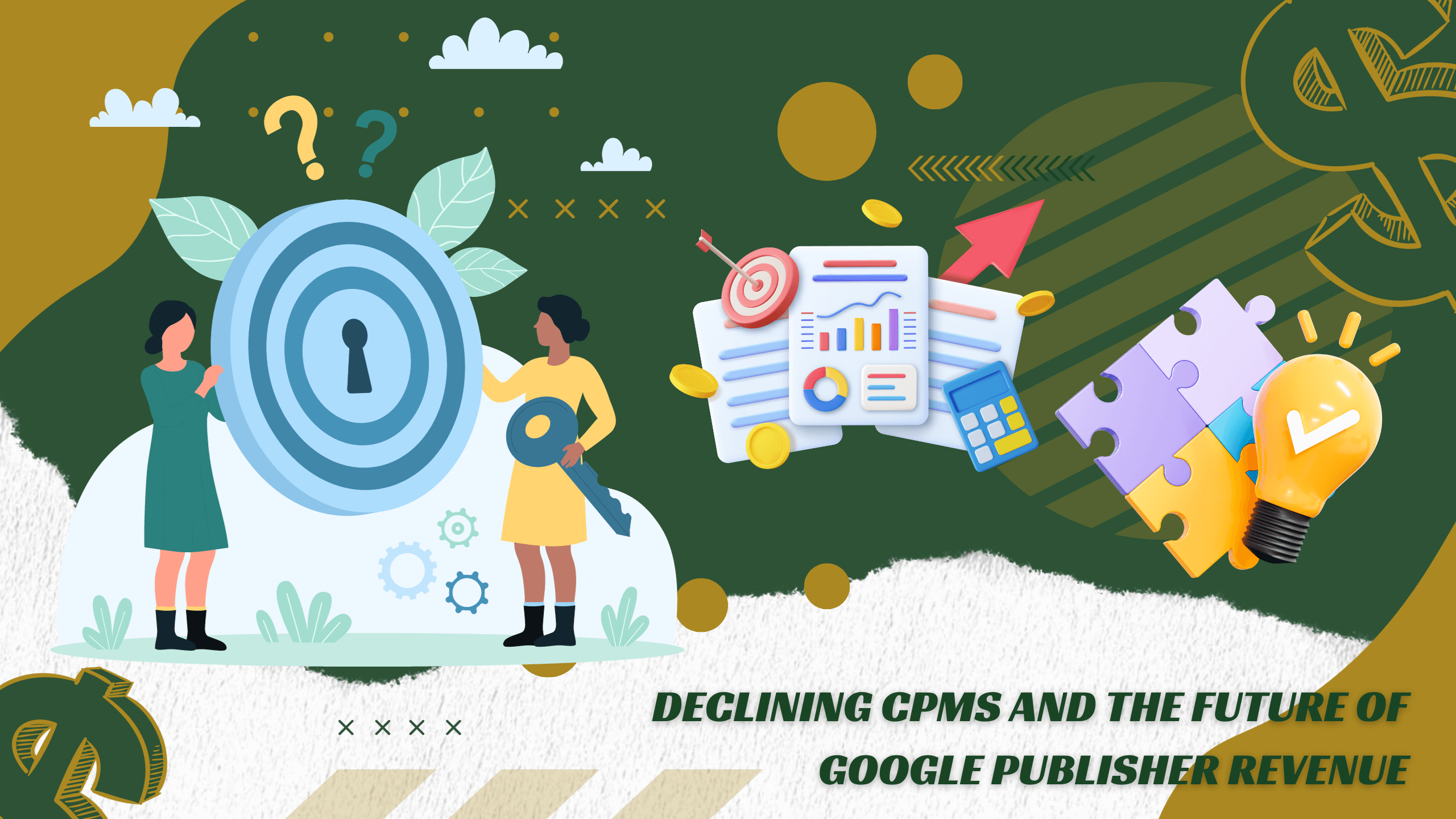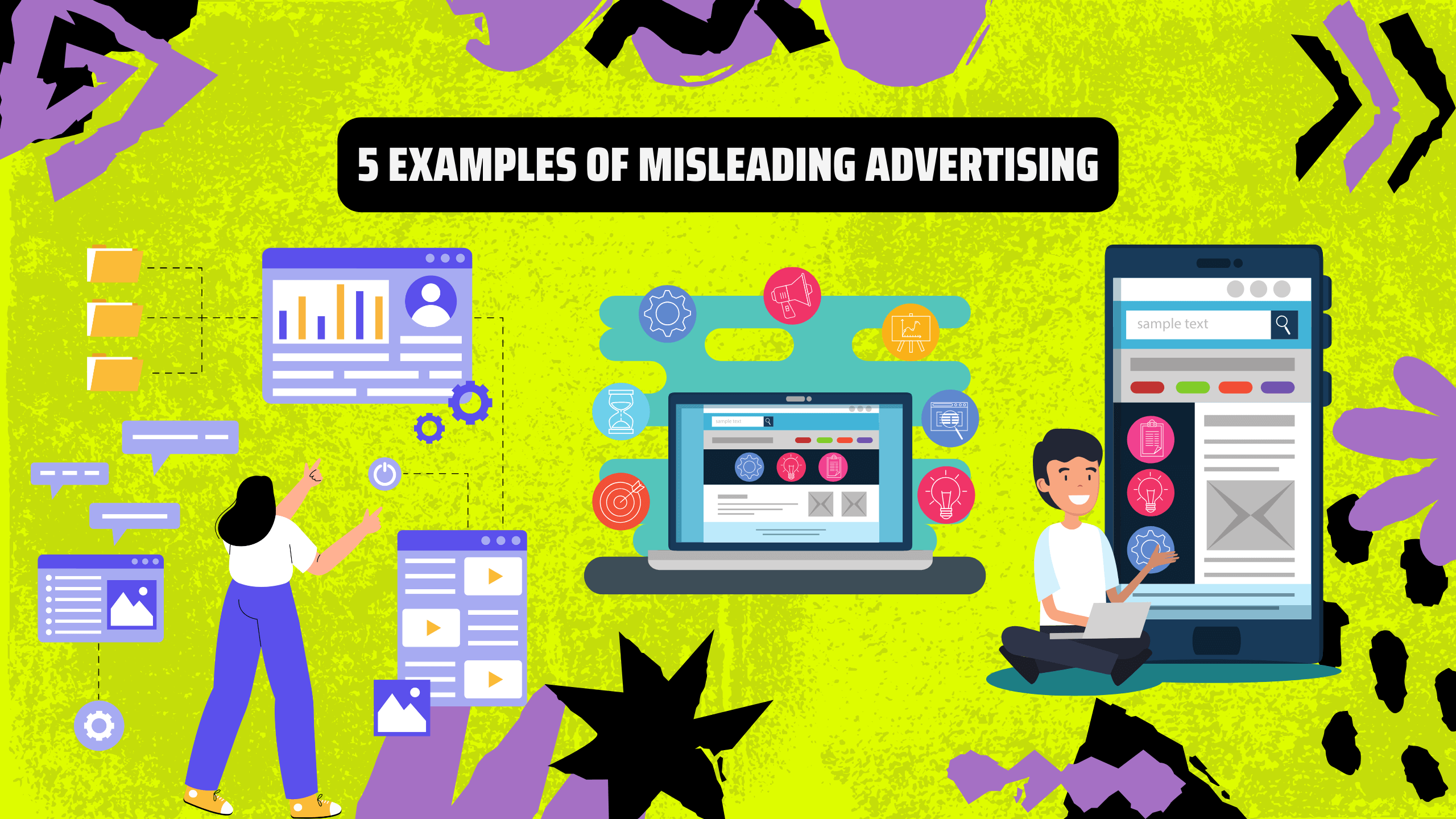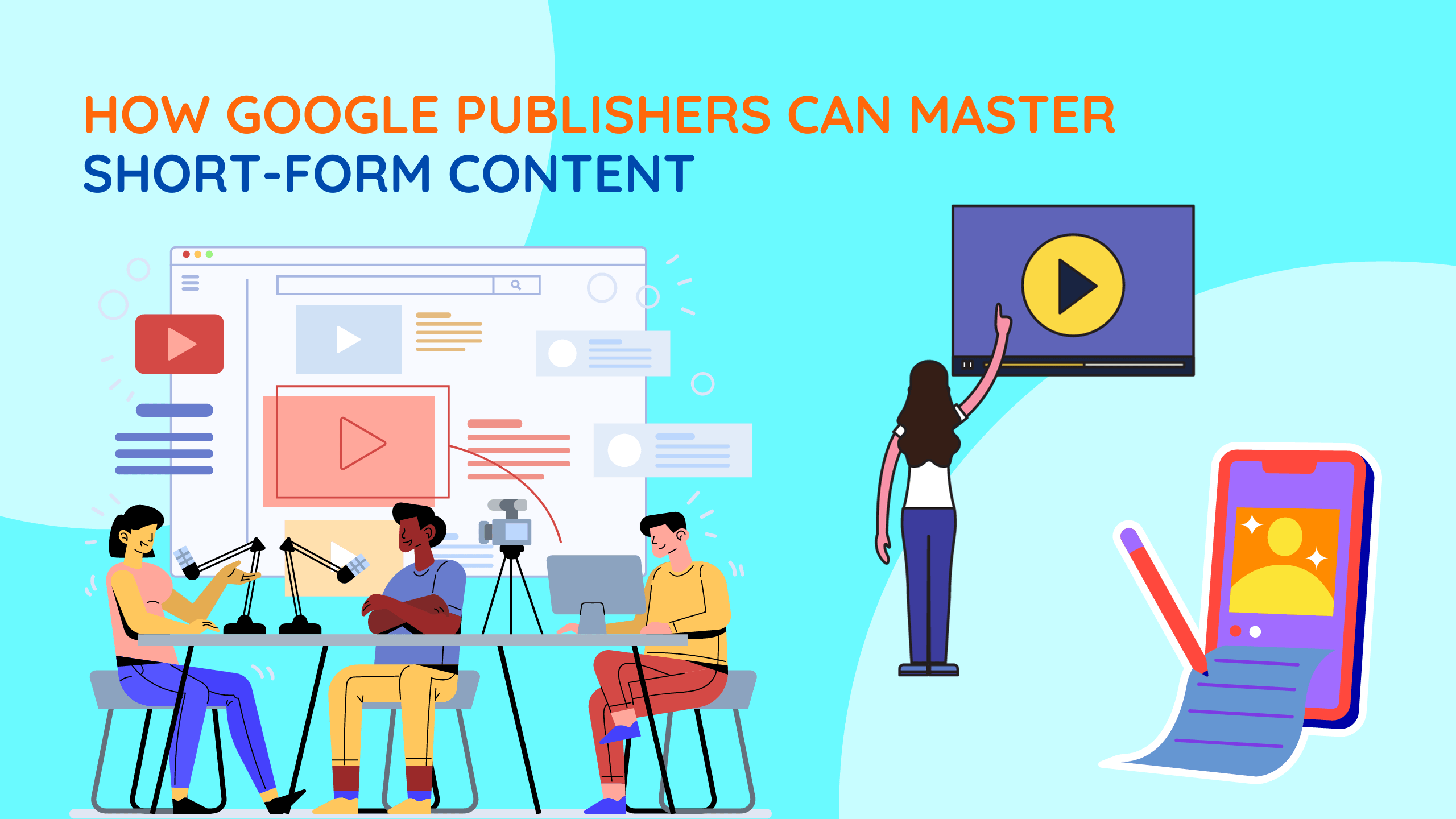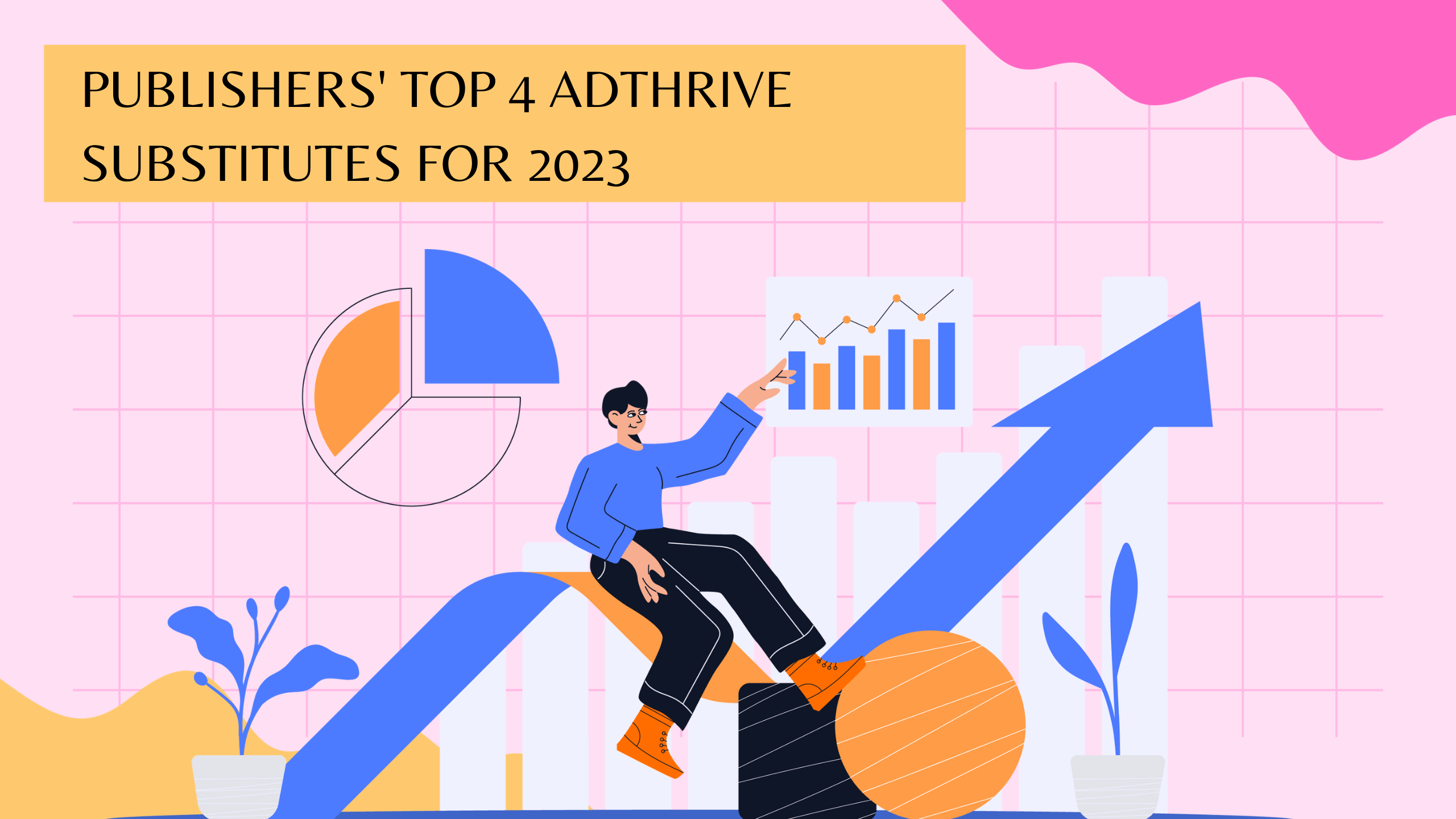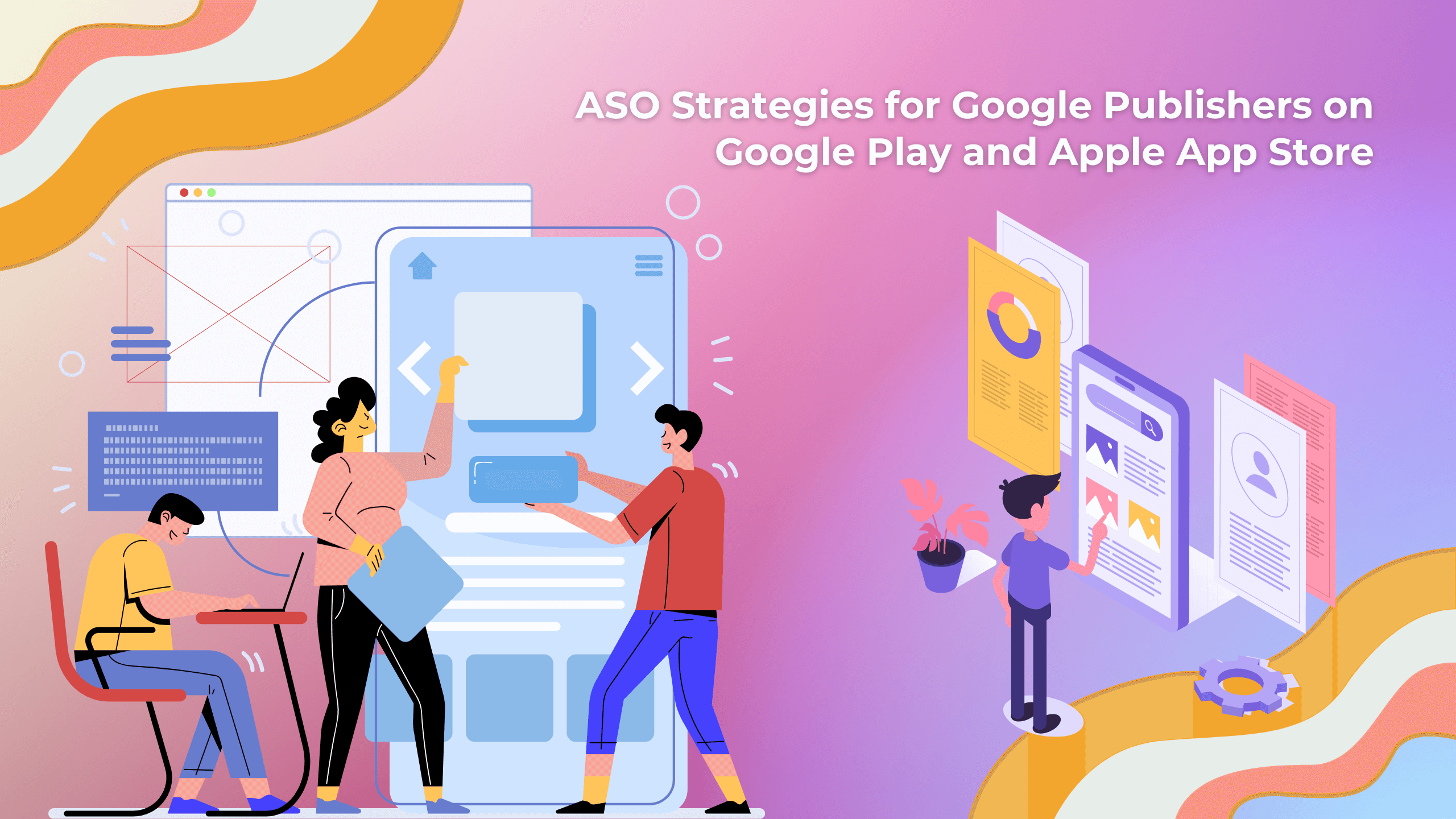Ad optimization has always been one of the hardest challenges for a publisher. Doesn’t matter if you are just new to the advertising world or if you are already a big publisher with a lot of experience. It’s also the fun part of monetizing your websites/apps. You always have to update and learn trends or new ways to make sure you promote the best potential that you hold. So let’s get started with ad optimization with programmatic advertising.
Why you need to optimize ads on your websites/apps
Ad optimization is the process of improving the performance of your ads to achieve your desired results. This can include increasing click-through rates (CTRs), conversion rates (CVRs), and revenue.
There are several reasons why you need to optimize your ads:
- To improve your ROI: Ad optimization can help you to improve your ROI by ensuring that your ads are seen by the right people and that you are getting the most value for your ad spend.
- To improve your user experience: Well-optimized ads are more likely to be relevant and engaging to your users. This can lead to a better user experience and increased brand loyalty.
- To stay competitive: In today’s competitive market, it is important to optimize your ads to stay ahead of the competition.
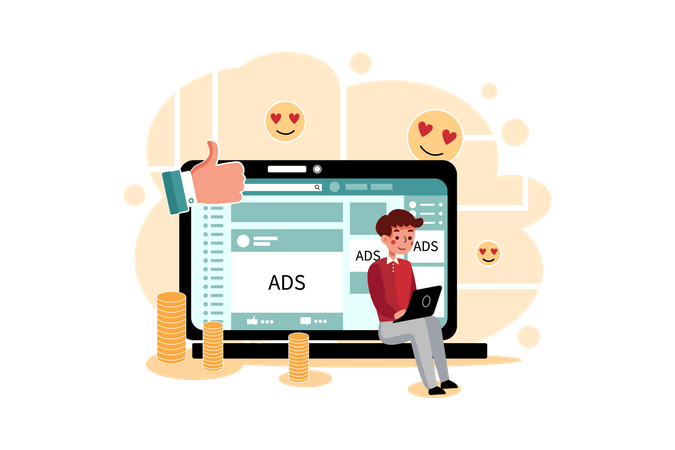
What is programmatic advertising?
Programmatic is a type of digital advertising that uses automated technology to buy and sell ad space in real time. They are platforms that allow advertisers to target their ads to specific audiences based on their demographics, interests, and browsing behaviour.
Programmatic advertising has several benefits for publishers, including:
- Increased efficiency: Programmatic advertising can help publishers automate the ad sales process, saving them time and resources.
- Higher revenue: Programmatic advertising platforms can help publishers sell their ad space for higher prices than they could achieve through traditional ad sales methods.
- Improved targeting: Programmatic advertising allows publishers to target their ads to specific audiences, which can lead to higher CTRs and CVRs.
For more information about programmatic advertising.
How to optimize ads with programmatic advertising
There are some ways to optimize ads with programmatic advertising. Here are a few tips:
1. Use the right targeting options:
Programmatic advertising platforms offer a variety of targeting options. Choose the options that are most relevant to your target audience and your campaign goals.
2. Set realistic goals
When setting goals for your programmatic advertising campaigns, be realistic about what you can achieve. Don’t expect to see results overnight.
3. Monitor your results:
It is important to monitor the results of your programmatic advertising campaigns so that you can make adjustments as needed. Track metrics such as CTRs, CVRs, and revenue to see what is working and what is not.
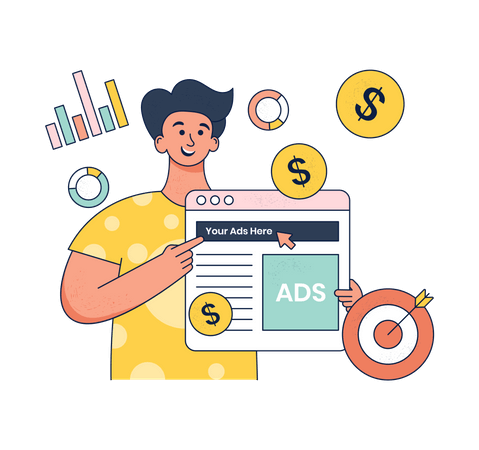
Ad optimization in 2023
In 2023, ad optimization with programmatic advertising is essential for any publisher who wants to maximize their revenue and improve their user experience. Programmatic advertising allows publishers to automate the ad sales process, target their ads to specific audiences, and sell their ad space for higher prices.
Here are some of the key trends in ad optimization with programmatic advertising in 2023:
1. Increased use of artificial intelligence (AI):
AI is being used to automate many aspects of ad optimization, such as bidding, targeting, and creative selection. This is helping publishers to achieve better results with less effort.
2. Focus on first-party data:
Publishers are increasingly focusing on collecting and using first-party data to optimize their ads. This is because first-party data is more accurate and reliable than third-party data, and it is not subject to the same privacy restrictions.
3. Rise of contextual advertising:
Contextual advertising is a type of targeting that uses the content of a web page or app to determine which ads to display. Contextual advertising is becoming more popular as publishers look for ways to target their ads more effectively without relying on third-party cookies.
Prediction trends for ad optimization in 2024
In 2024, we can expect to see the following trends in ad optimization with programmatic advertising:
1. Continued growth of AI:
AI will play an even greater role in ad optimization in 2024. AI will be used to automate more tasks, such as campaign optimization and creative personalization.
2. Increased use of first-party data:
Publishers will continue to invest in collecting and using first-party data to optimize their ads. First-party data will become even more valuable as third-party cookies are phased out.
3. Rise of contextual advertising:
Contextual advertising will become even more popular in 2024. Publishers will use contextual advertising to target their ads more effectively without relying on third-party cookies.

How Google Publishers can prepare for the future of ad optimization with programmatic advertising?
Google Publishers are well-positioned to future-proof their ad optimization strategies through programmatic advertising by implementing several key approaches.
One pivotal step involves embracing the power of artificial intelligence (AI). By investing in AI-driven ad optimization tools, Google Publishers can streamline and enhance their ad optimization processes. These advanced technologies empower publishers to automate critical tasks, such as ad placement and targeting, resulting in more efficient campaigns and improved outcomes. As the advertising landscape continues to evolve, AI remains a dependable asset in keeping publishers competitive and adaptive.
Another essential element is the strategic utilization of first-party data. Google Publishers should prioritize collecting and harnessing first-party data to fine-tune their ad content. By doing so, they can curate more personalized and relevant ad experiences for their audiences. This not only heightens user engagement but also creates a fertile ground for revenue growth. A deeper understanding of users and their preferences allows publishers to tailor ad campaigns more effectively, delivering messages that resonate and drive higher conversions.
Furthermore, Google Publishers are encouraged to explore contextual advertising. In a post-cookie world, this approach proves invaluable. Contextual advertising enables publishers to target users based on the content they are currently engaging with, without relying on third-party cookies. This transition to contextually-driven campaigns ensures publishers remain effective in their ad delivery while respecting user privacy and preferences.
By implementing these strategies, Google Publishers can be at the forefront of the evolving ad optimization landscape, leveraging AI, data insights, and contextual relevance to create better ad experiences for their audiences while safeguarding their ad revenue potential.
Here are some additional tips for Google Publishers:
- Use Google Ad Manager: Google Ad Manager is a powerful platform that allows you to manage your ad inventory and sell your ad space to advertisers through programmatic advertising.
- Use Google Audience Center: Google Audience Center is a tool that allows you to create custom audiences for your programmatic advertising campaigns.
- Use Google Optimized Bidding: Google Optimized Bidding is a tool that uses machine learning to automatically set bids for your programmatic advertising campaigns to help you achieve your desired results.
Conclusion
Ad optimization is essential for any publisher who wants to maximize their revenue and improve their user experience. Programmatic advertising can help publishers to optimize their ads more effectively and efficiently. By following the tips above, Google Publishers can use programmatic advertising to optimize their ads and achieve their desired results.

